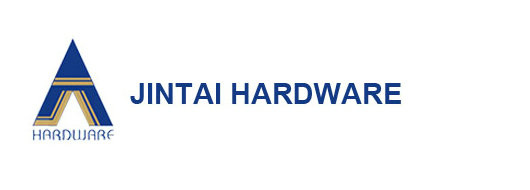Bearings are divided into rolling (friction) bearings and sliding bearings according to their friction properties. It is obvious that rolling bearings must have lower frictional resistance, faster starting and higher efficiency than sliding bearings. This is the advantage of rolling bearings.
Compared with sliding bearings, rolling bearings have larger radial dimensions, poorer damping ability, low service life at high speeds, and greater noise. This is its disadvantage.
The most basic structure of sliding bearing is divided into bearing bush and journal (the simple structure is obvious).
Sliding friction and rolling friction are essentially different (one is point contact and the other is surface contact), and there are inherent advantages and disadvantages.
advantage:
1. High carrying capacity; (the reason for the large contact area)
2. Simple structure, convenient manufacturing, processing and disassembly;
3. Good impact resistance and good vibration absorption performance, stable operation and high rotation accuracy.
Disadvantages:
1. Complicated maintenance and high requirements for lubrication conditions;
2. Boundary lubrication bearings have greater friction and wear. (This is also the disadvantage of large contact area)
Sliding bearings are used in high-speed, high-precision, heavy-duty, and low-speed impact machines. In addition, it is believed that rolling bearings are widely used in most occasions.

